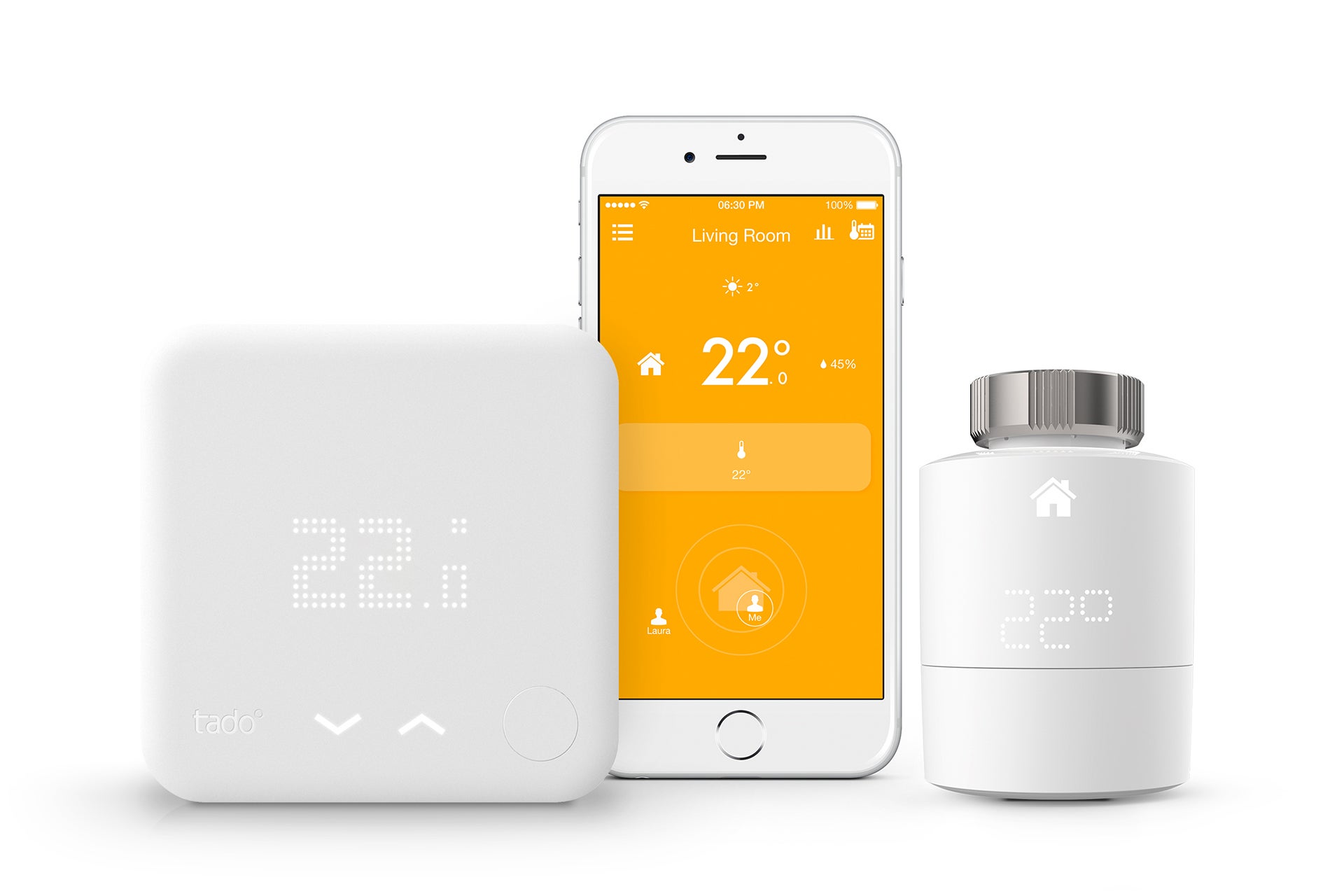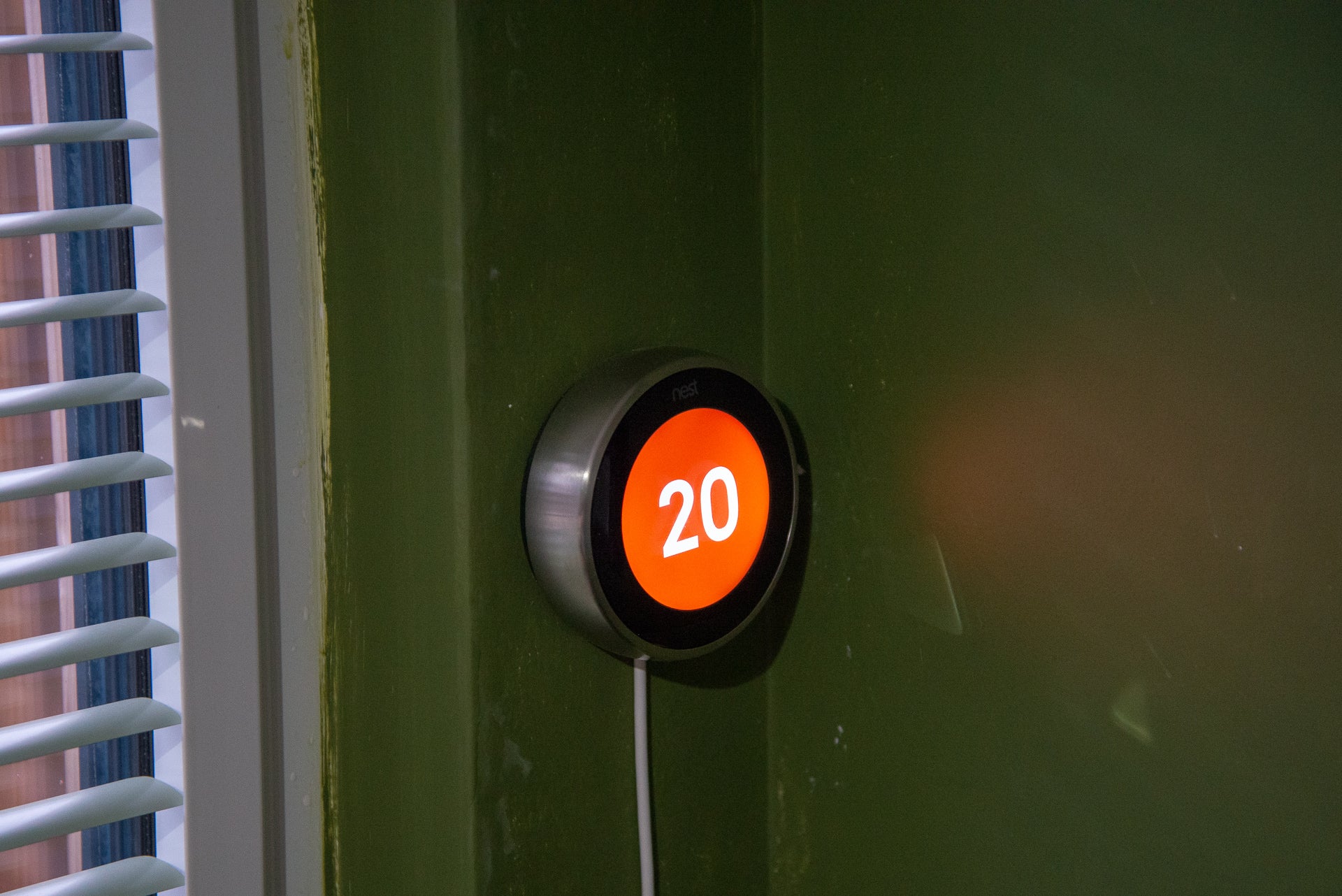Honeywell Evohome Review
The most powerful multiroom heating system
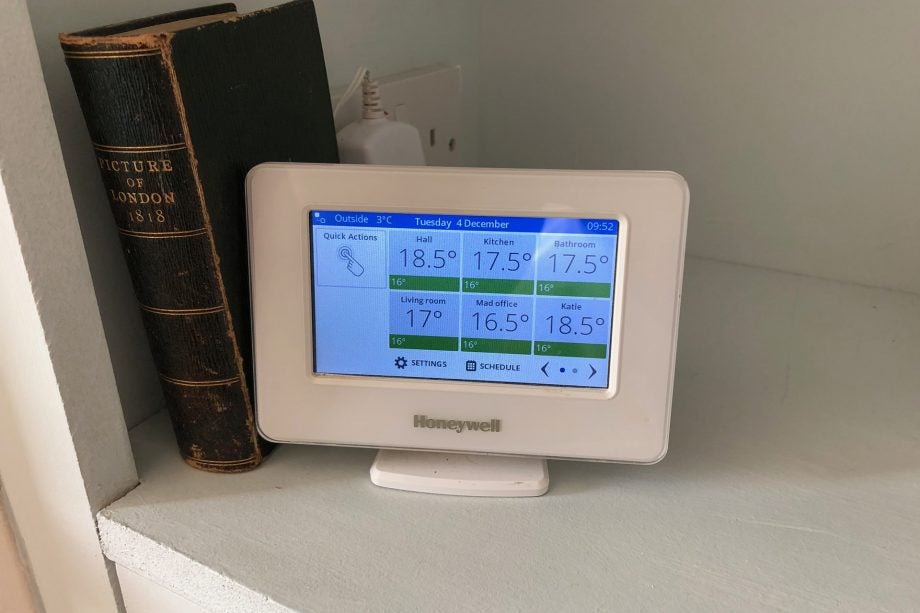

Verdict
A powerful and flexible smart home heating system, Honeywell Evohome gives you fine control over every room in your home – but it’s expensive as a consequence.
Pros
- Extremely flexible
- Touchscreen controller
- Powerful Quick Actions
Cons
- No geolocation
- Expensive
Key Specifications
- Review Price: £215
- App, touchscreen controller and radiator valve control
- Android and iOS app support
- Quick Actions
- Requires boiler relay
- OpenTherm compatible
When Honeywell Evohome launched a few years back, the system was the most powerful and flexible multiroom heating system available. Fast-forward a few years, and some recent updates have helped to make this heating system still relevant.
While most heating systems start with a single-zone thermostat and let you build out multiroom control, Evohome is designed with multiroom in mind. As such, the system is more expensive than much of the competition, but the trade-off is well worth it if you’re after fine control.
With a dedicated heating control panel and support for everything from single radiator valves to underfloor heating systems, Evohome is one of the most flexible smart heating systems around. It lacks some features I’d expect – including geolocation – and the hardware is a little clunky-looking, but much of this can be forgiven.
Design and installation
- Not the nicest looking heating controls, but they are clear and easy to use
- Works will all types of heating system, including heat pumps
- Options for underfloor heating
At its most basic, Honeywell Evohome requires the Wi-Fi controller and the boiler relay. Depending on your boiler, you’ll either need the kit with the standard on/off relay, or the OpenTherm Bridge, which provides modulating heating control. The latter is the best option if your boiler supports it, since you’ll increase your energy savings as a result (see, What is OpenTherm?).
An additional relay will be necessary if you want Evohome to control your hot water system as well. At this point, the heating system can operate as any old smart thermostat would, controlling your heating using the temperature sensor in the controller.
For multiroom control, you need to start adding other components to the fold. For radiators, you’ll need the HR92UK radiator valve (£59.99 each, although you can get a discount if you buy in bulk). These valves replace your existing radiator TRVs, providing individual control over a radiator’s temperature. These screw into place and are easy to fit. Adapter rings are available for different-sized screw threads.
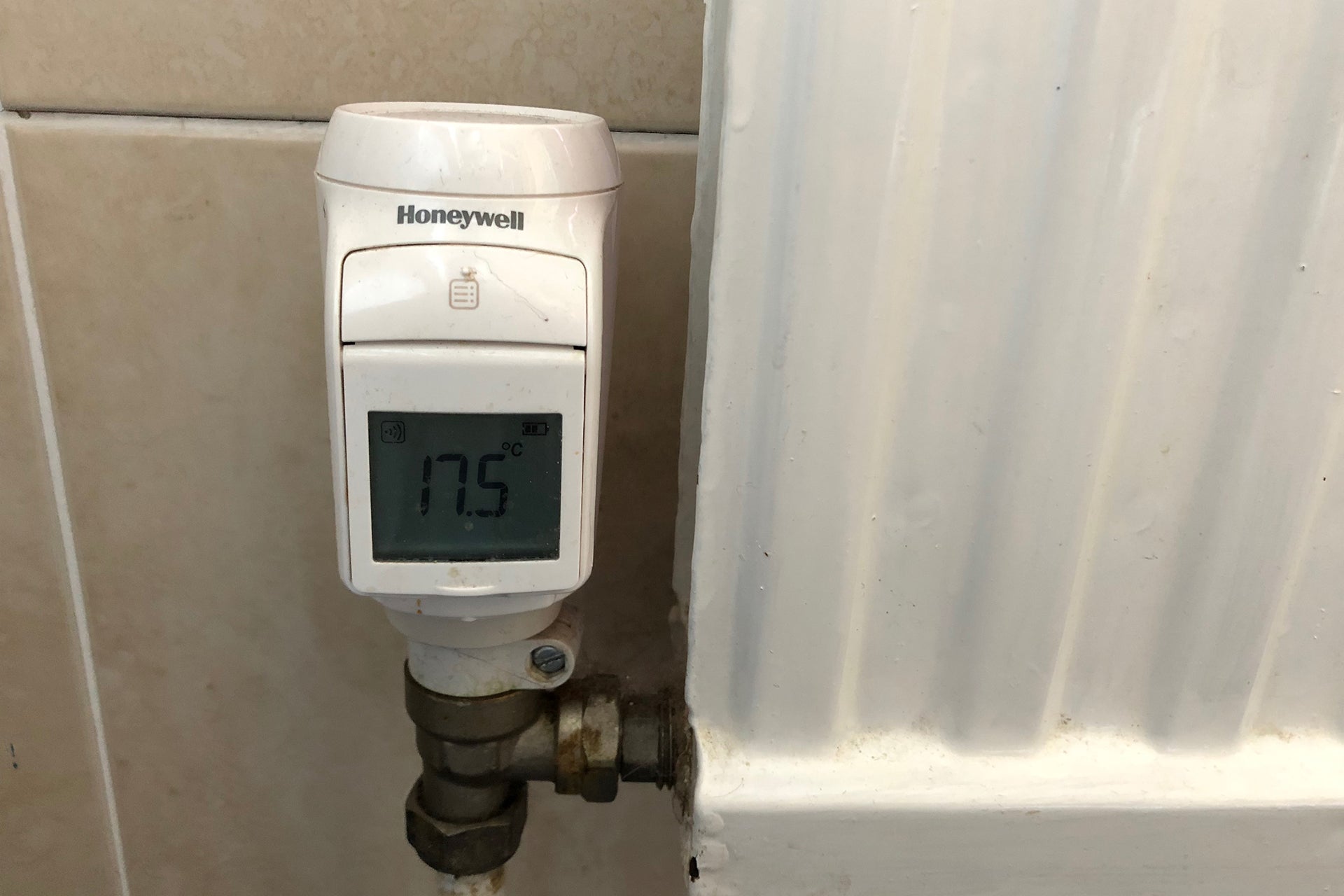
You can add multiple HR92UK devices into an Evohome room, which is handy for areas with more than one radiator. The HR92UK isn’t the prettiest of devices and looks a little plasticky. However, the neat LCD screen and twist dial at the top provide a lot more control than rival devices.
Although each HR92UK can measure the temperature in any particular room, you can in fact use compatible wireless room thermostats to take the temperature instead. This may be required if your radiator sits behind furniture, since this can throw off the HR92UK’s temperature sensor.
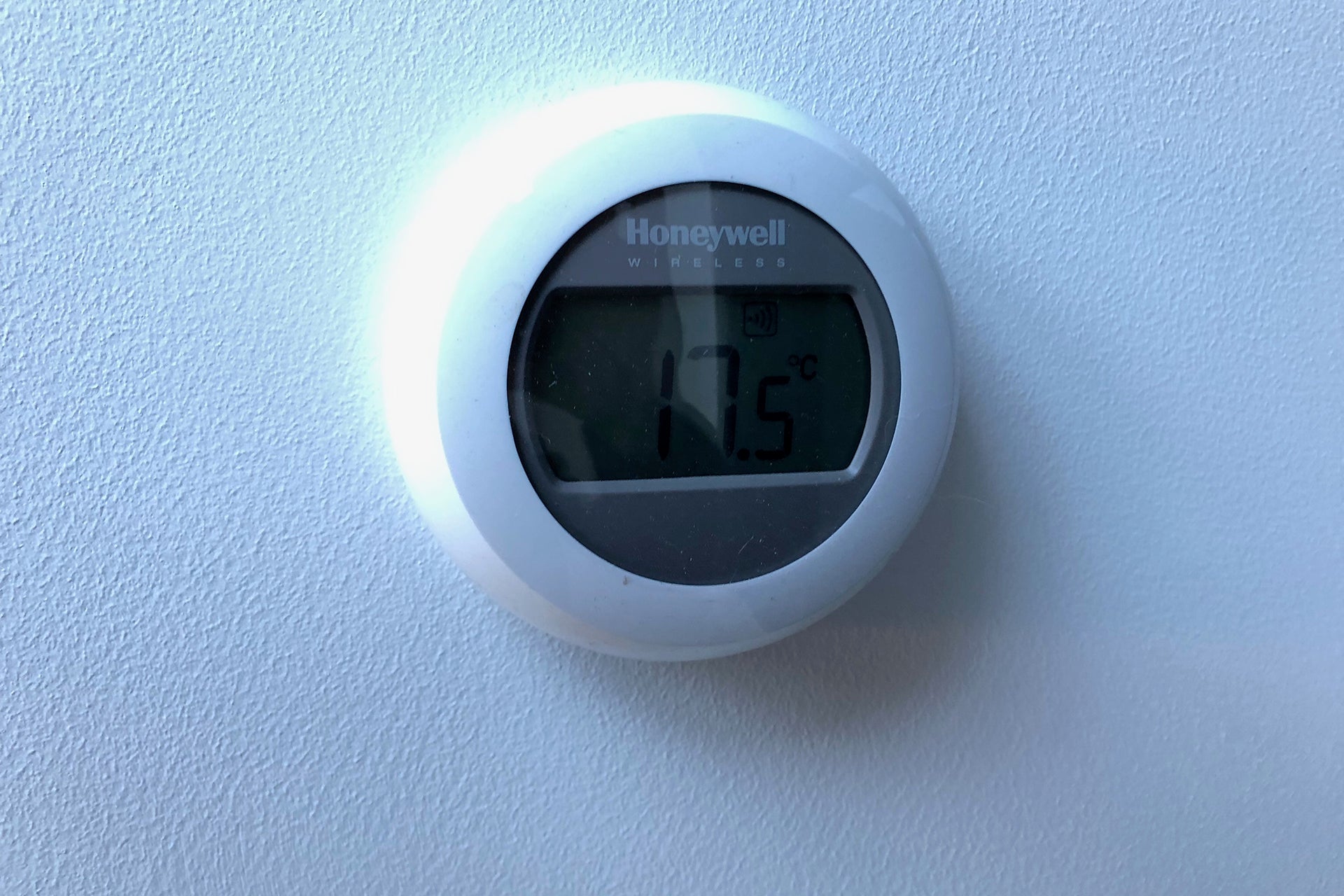
If you have underfloor heating, there are a couple of options. For a single manifold, one BDR91 relay and wireless thermostat will do the job (you can see the relay tucked away in the picture below, controlling my underfloor heating manifold, although you could have it control a zone valve instead). For multiple zones, there are dedicated underfloor controls.
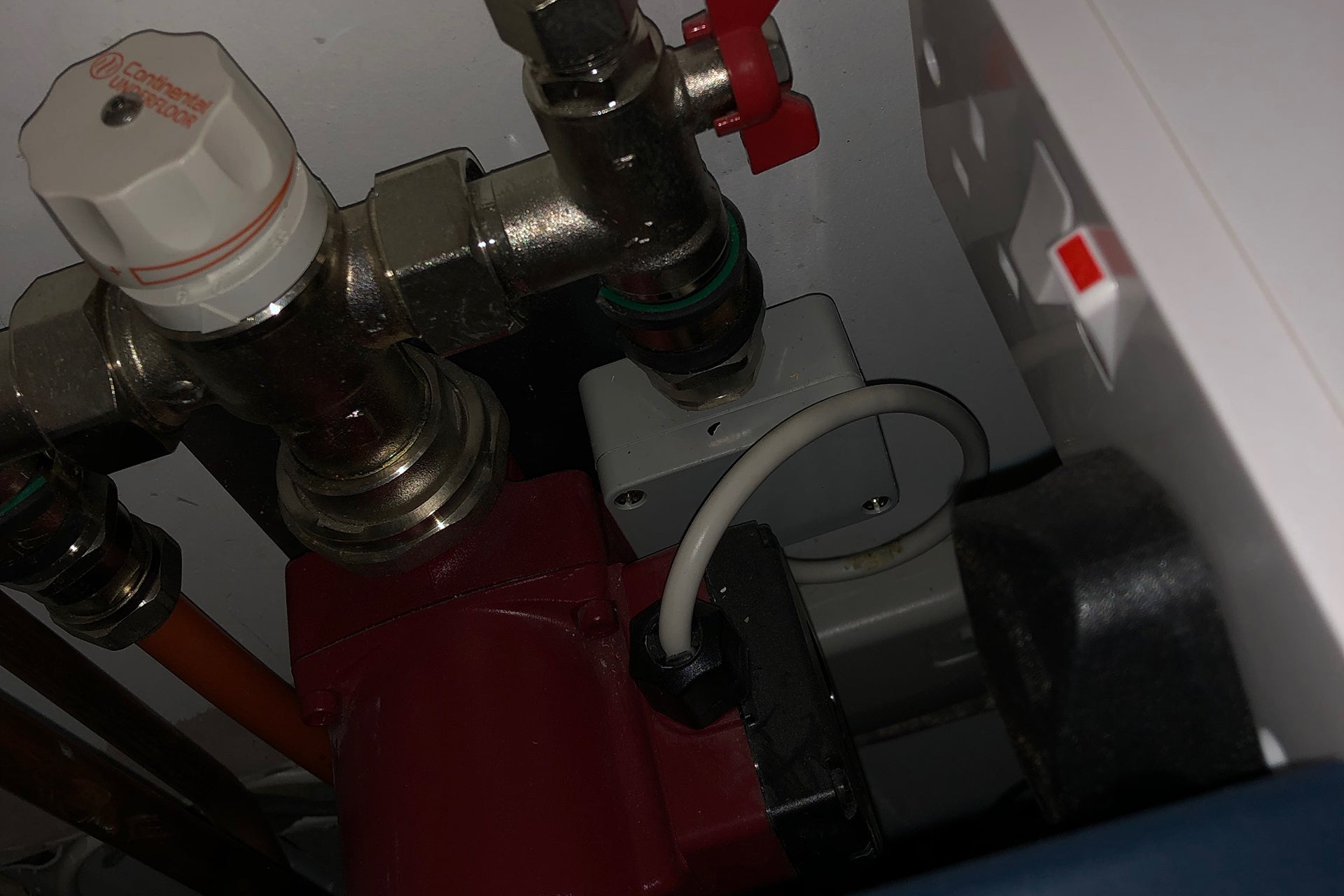
Overall, there’s little that Evohome can’t control, but speccing up your system requires some thought and time. It’s worth paying for installation, too, just to make sure that everything is fitted correctly
Features
- Individual room schedules can take a while to get right, but it’s worth the time
- Quick Actions are brilliant and let you quickly change your heating
- Works with the Evohome Security system but in a very limited way
Control of the system is primarily through the capacitive touchscreen controller. From here you can configure rooms, adding in the sensors and valves that each one contains.
Once your rooms are configured, you have to set up schedules. Each room can have a different schedule: you can have your bedroom, bathroom and kitchen warm up first thing in the morning, for example, with the living room coming on later in the day.
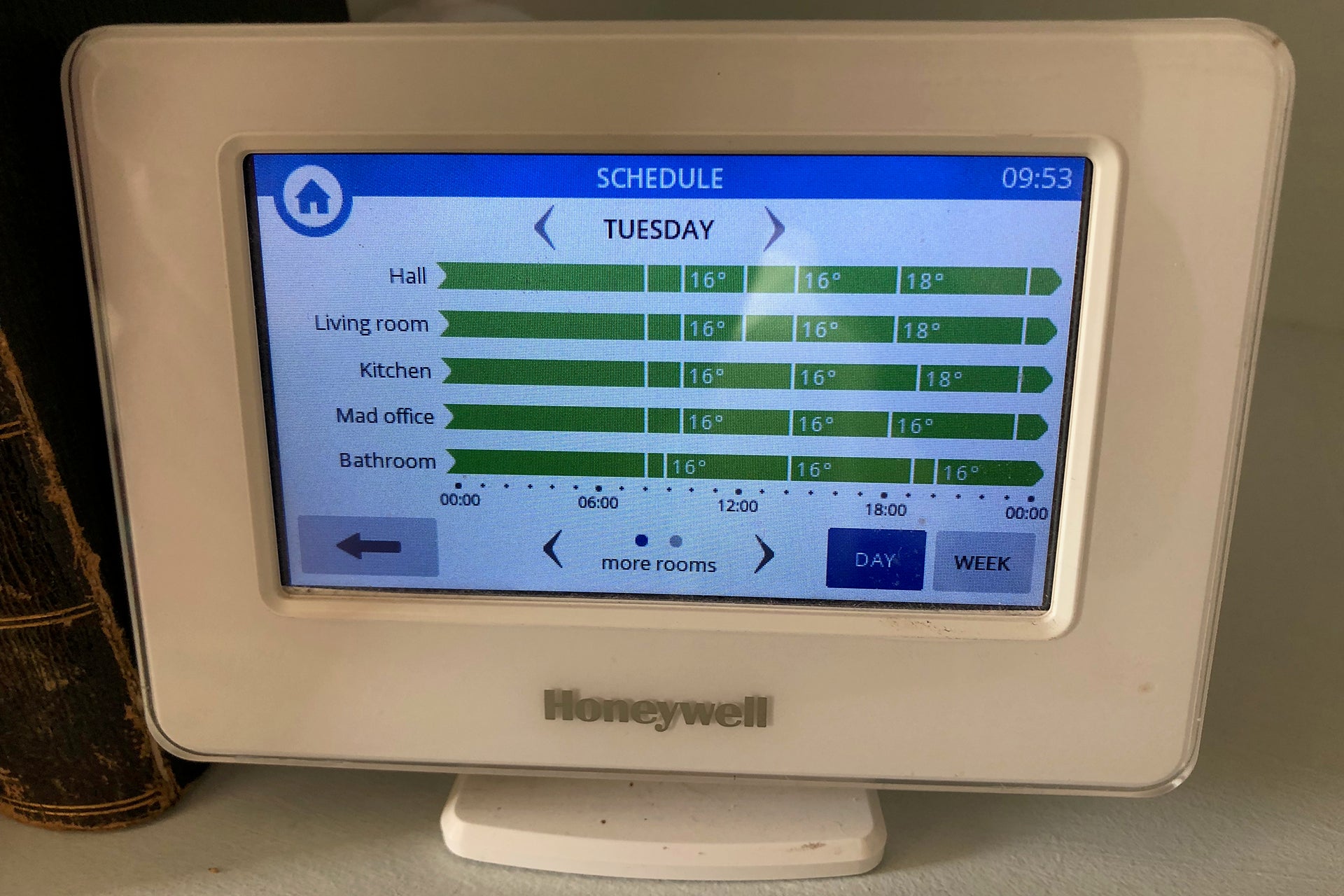
There’s a wizard on hand that asks you simple questions to build a schedule for you, but I found it easier to set the schedule manually. Once one room is configured, you can copy its schedule for different days and other rooms. There’s no learning option available.
There are a couple of extra heating modes that you can use, too. Optimum Start learns how your home heats up, so the boiler can be turned on early, ensuring your rooms are warm when you need them to be. Optimum Stop will shut your heating down early, letting the temperature fall by 0.5ºC before turning it back on to save more money.
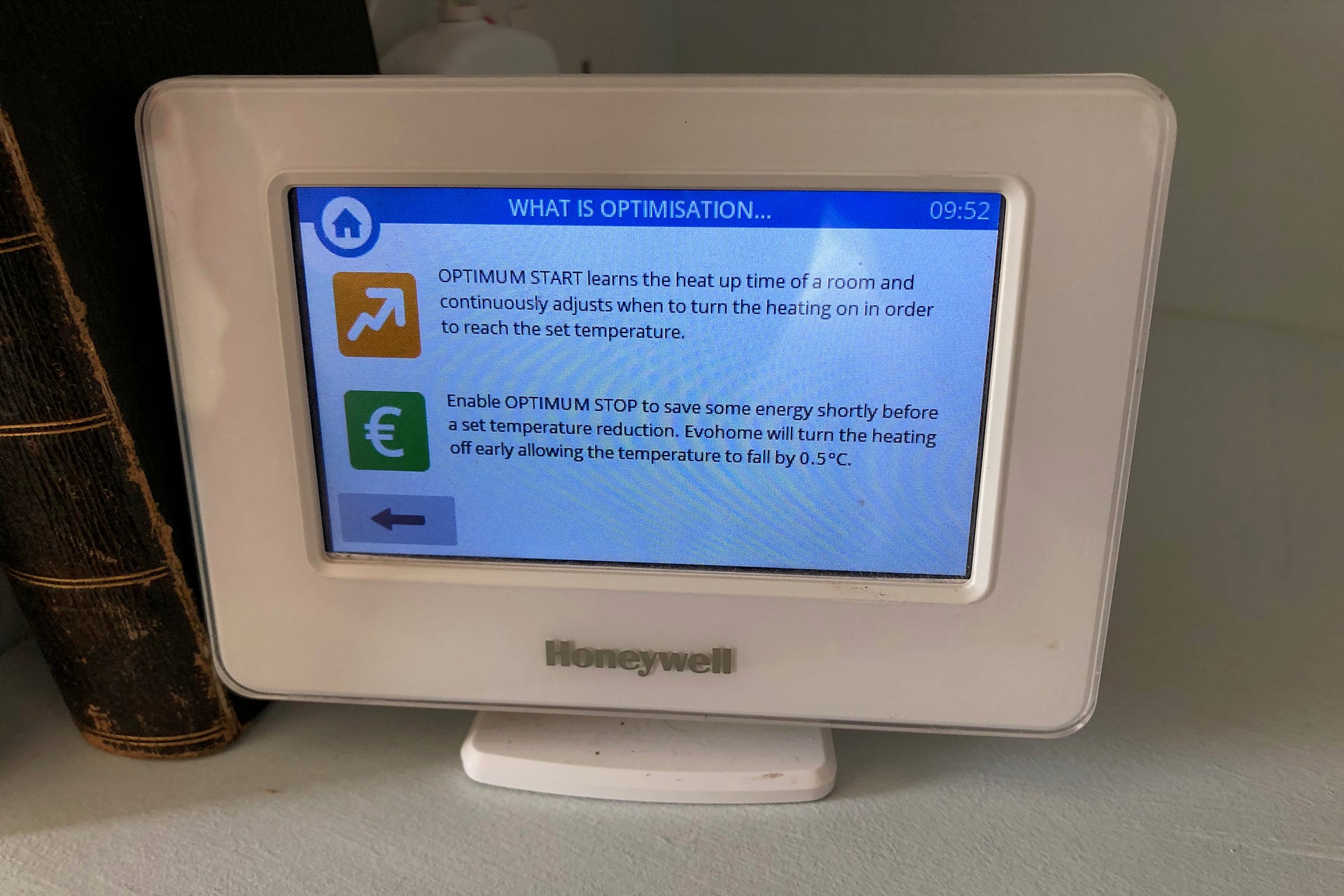
As of this winter, there are two new Smart Weather modes, designed to compensate for the outside weather. The first is Warm Weather Saver, which will turn the boiler off automatically if there’s very low heating demand. It’s there to compensate for those warmer days where there’s no point in having the heating on, but a thermostat has requested a bit of heat.
On the flip side is Cold Weather Boost, which can apply a boost to the rooms that you select when it’s cold outside. Typically, cold weather can cause drafts that make a room feel cold. Rather than having to keep turning up the temperature, Cold Weather Boost lets you set the temperature boost you want to apply automatically. The default setting is 1.5-degrees, but you can override this with your settings. You can also choose the zones that you want the boost to apply to. In my house, I have the boost on the rooms that I know are colder generally, but leave it off on the new kitchen, which has much better insulation.
Each radiator valve is also capable of Window Detection (configurable through the clunky on-device menu that you’ll want to use the manual to decipher), turning heating off to a radiator when you open a window or door. The option – called Win Type in the menus – is turned on by default, but you can configure how long it takes to trigger, and even the temperature fall rate to turn it on. To be honest, you’re better off leaving the defaults alone.
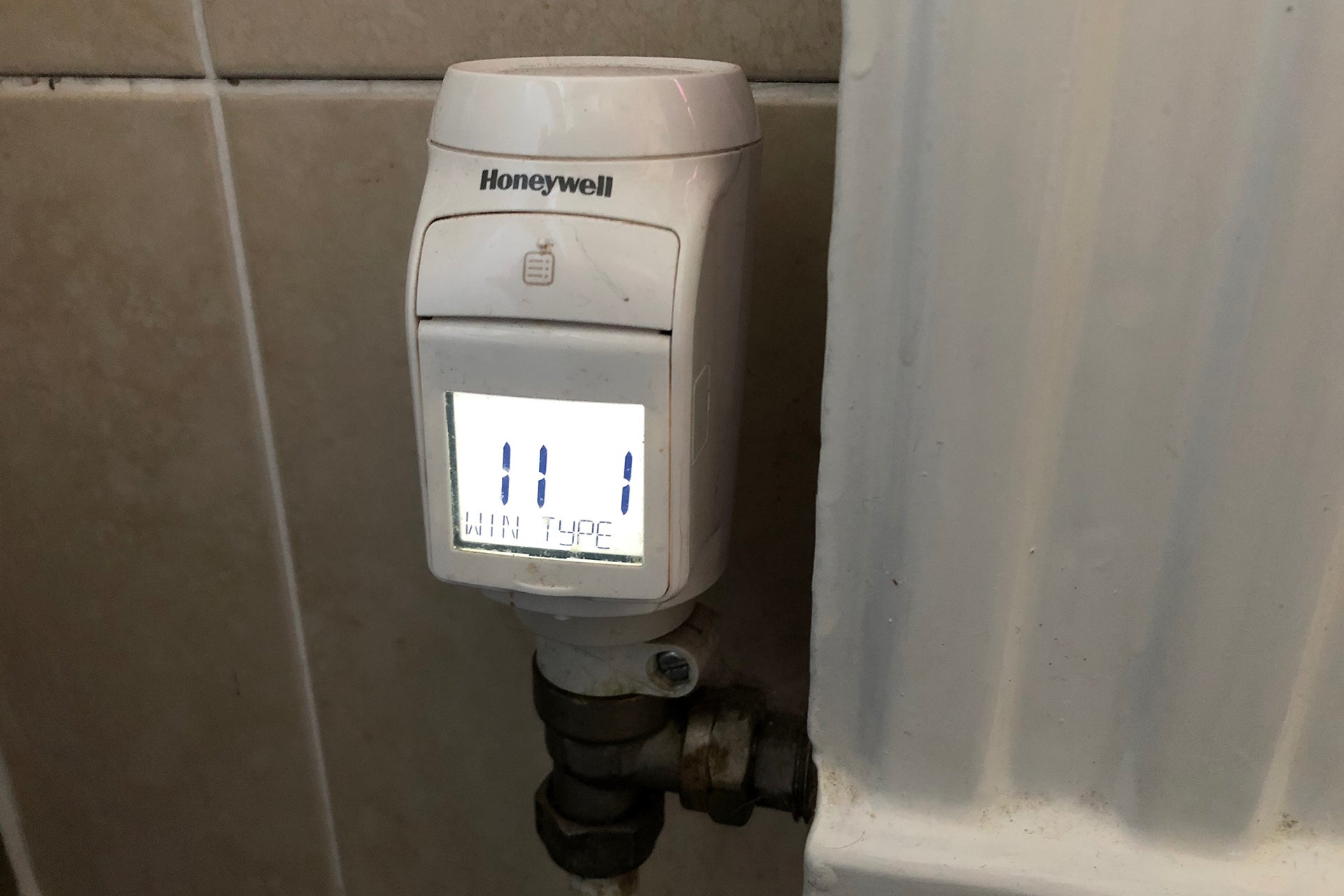
Quick Actions are configurable options to set how your heating works. Heating Off sets every room to 5ºC and is useful if you’re going on holiday or want to turn the heating off when winter is over.
Economy mode drops the room temperature by 3ºC. Day Off mode will follow the Saturday schedule – it’s handy if you’re working from home and want the house warm while you’re in.
Custom mode lets you control what happens. For example, I had it as a Guest mode, which turned the heating on in the spare bedroom and bathroom for when guests came round.
Away mode sets the temperature to the level you set, so you can save money when you go out. However, without Geolocation built in, there’s no option to set this automatically. There are two other options, though.
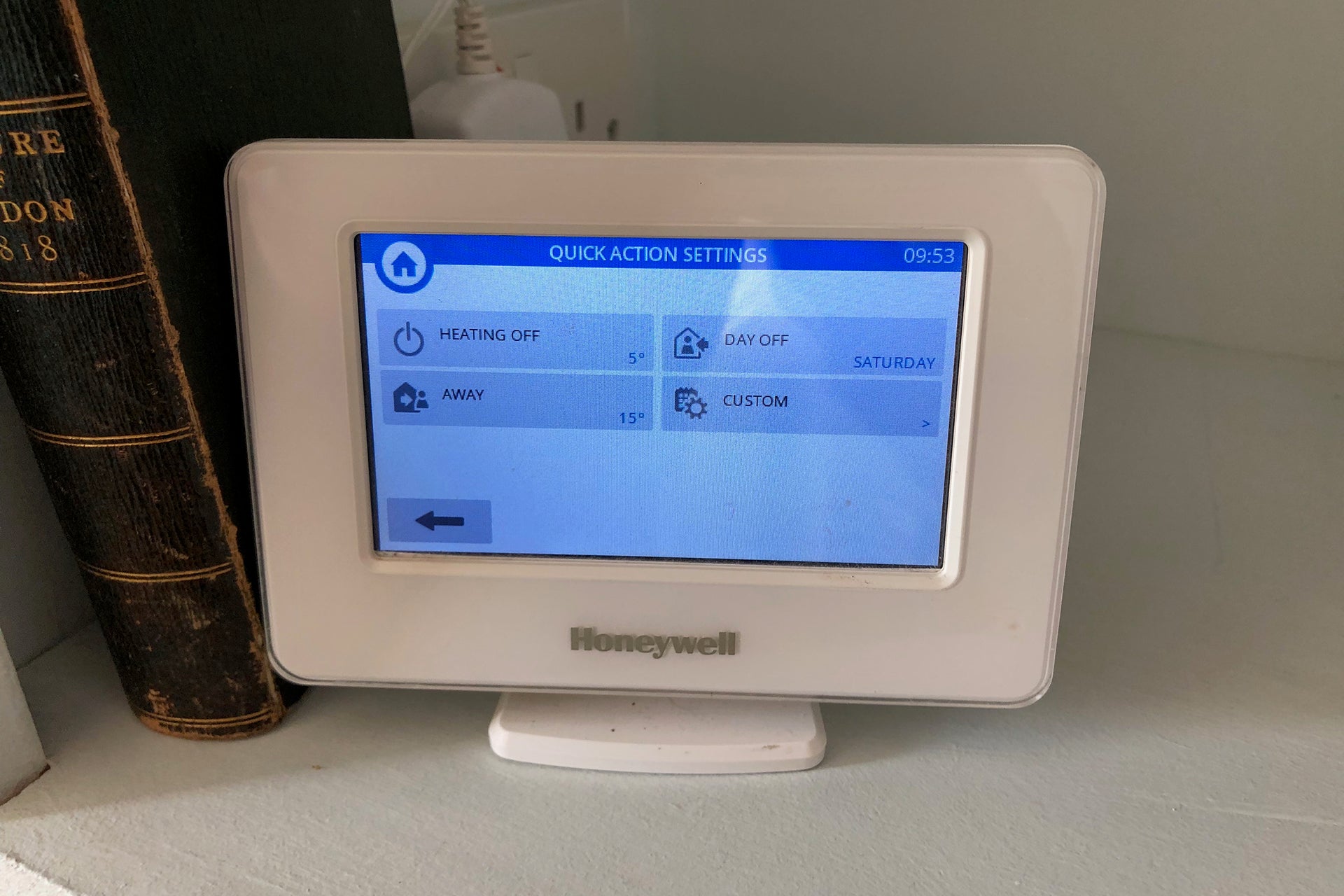
If you have Evohome Security, you can set Away mode to be turned on when you arm the alarm, and off when you disarm it. It sounds clever, but the rules only fire if you use the app to arm/disarm the system, rather than the control panel. As such, it’s a bit useless. I find it easier to use IFTTT to control when the heating switches modes. All Quick Actions can be set permanently or on a timer.
App control is provided by the Honeywell Total Connect Comfort app. From the homepage you can view each room, and both its current set temperature and existing temperature. Tap a room to quickly adjust the temperature, setting it permanently or on a timer.
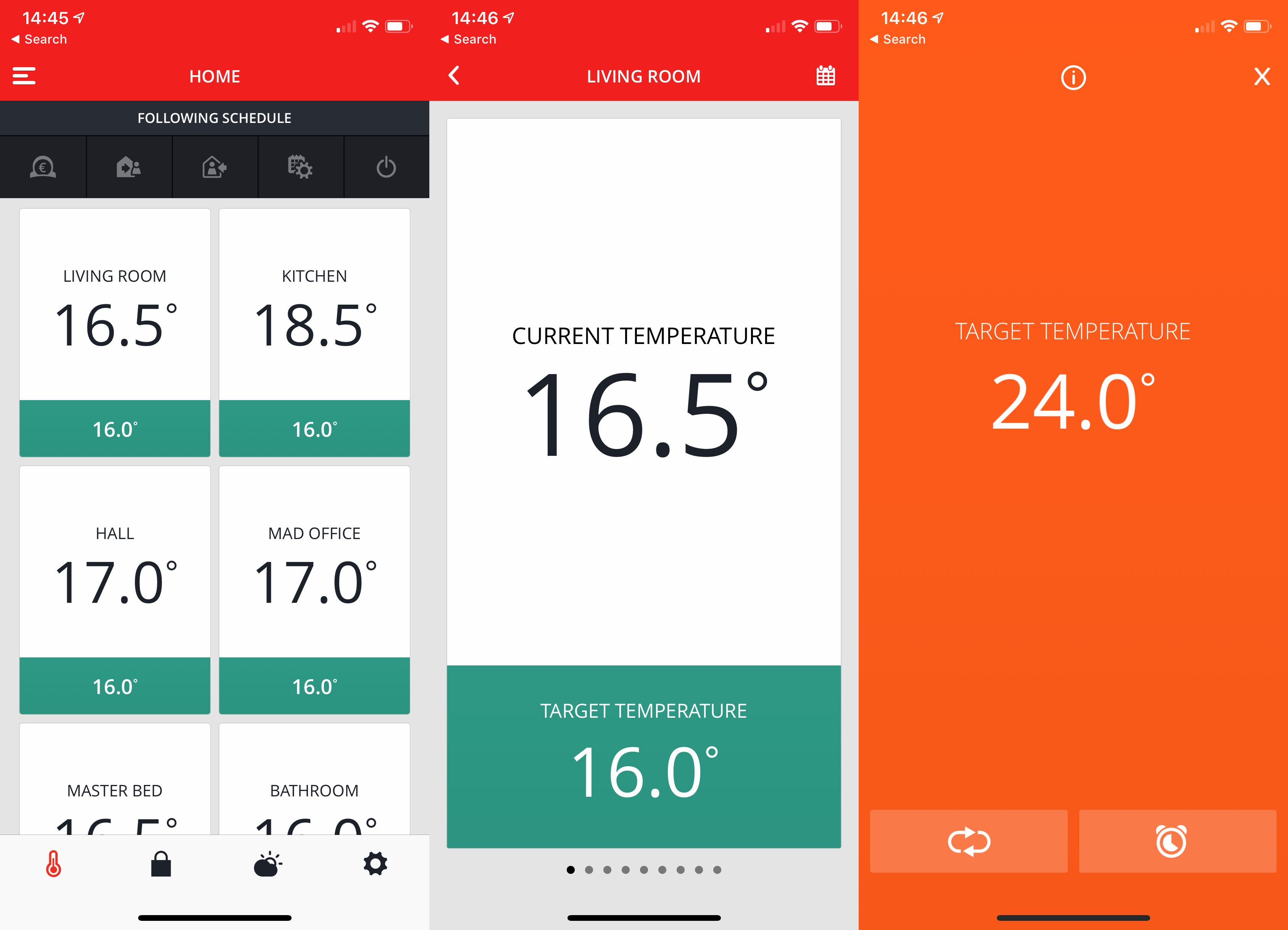
Schedules can be edited per room, but you can’t copy them between rooms (only between days for that room), making initial configuration easier through the controller.
Quick Actions line the top of the page, although they only have icons, so you have to remember what they mean – or tap them to find out. There’s little else to do from the app, and it’s all about simple heating controls.
IFTTT support lets you set or disable a Quick Action, which means you can build your own geolocation rules using a service such as Life360. Alternatively, you could use a Flic button with IFTTT to have a physical button to turn your heating off when you go out, and back on when you return home.
Amazon Alexa support is built in, and the reliability has improved since launch. With the skill, you can find out the temperature of a room or change the room temperature. Changes are made until the next scheduled change. Amazon Alexa supports Quick Actions, too, so you use an Alexa Routine to change your heating mode, for example.
Google Assistant support is available, too. Quick Actions aren’t detected by the system, so you can’t use them in the same way in Google Home routines. Otherwise, the controls are the same as for Alexa: you can get a room’s temperature or set it to the temperature that you want.
Performance
- Individual rooms heat up fast and effectively
- Weather compensation now makes rooms more comfortable
The beauty of Evohome is how easy it is to use. Walk into a room and find it a bit chilly, for example, and you can just use the dial on the thermostat to get a heating boost. If you’re heating only one room, the radiator warms up super-quickly, as the boiler isn’t heating the entire system. Changes made from the TRV are instant, and the new temperature is set until the next scheduled change.
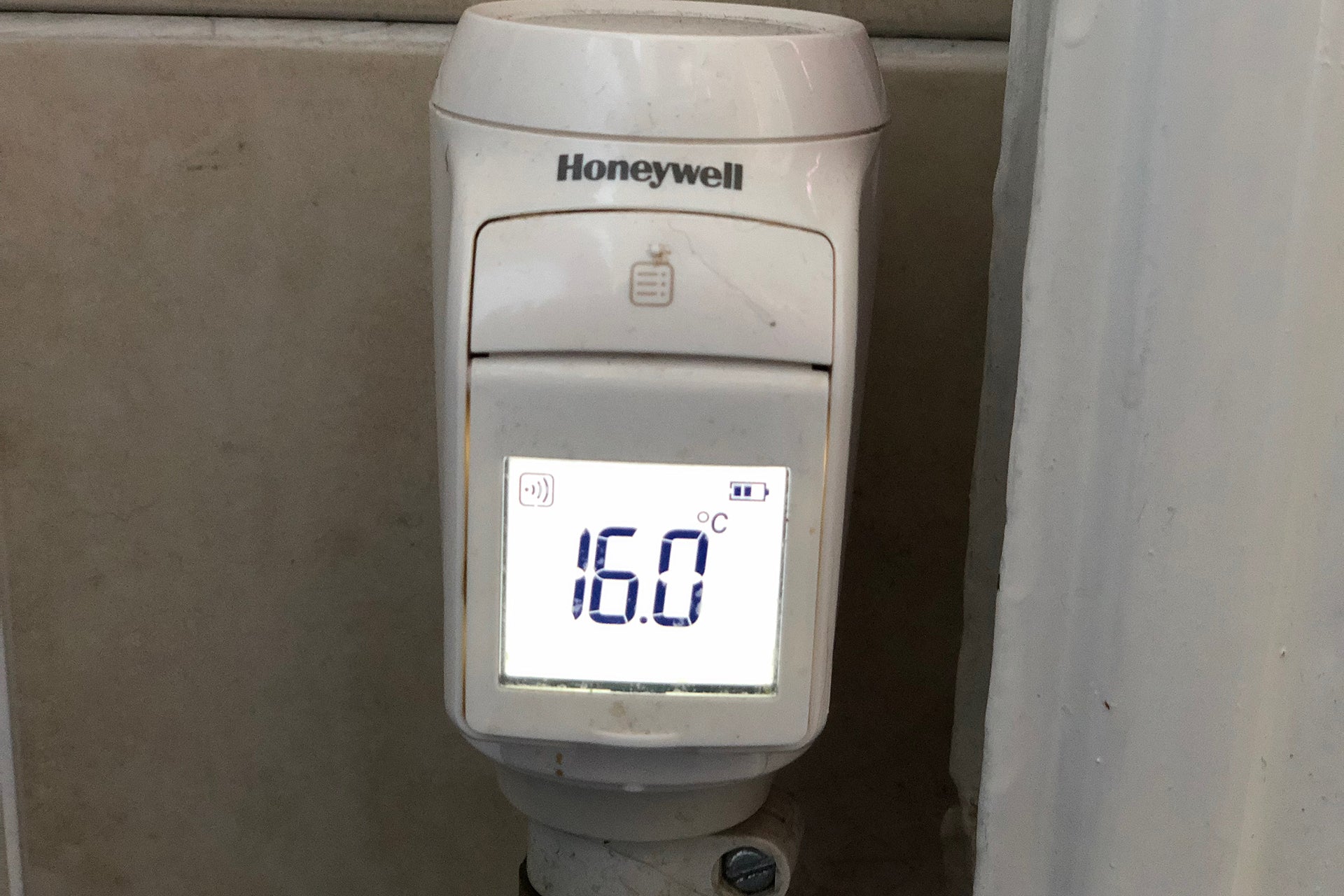
Changes made from the app, a voice assistant or the controller take a few minutes, since the battery-saving low power signal is sent less frequently to the smart radiator valves. This kind of delay isn’t really an issue in everyday use.
I’ve had Evohome since launch and have found it extremely reliable. Batteries in the TRVs (2 x AA) tend to last around 18 months or so. The battery meter on the display indicates when it’s time to switch them out, although it isn’t always that accurate. On some occasions, I’ve found that a TRV has enough power for the LCD, but not enough to change the valve; a cold radiator is a good indicator that something needs to be changed.
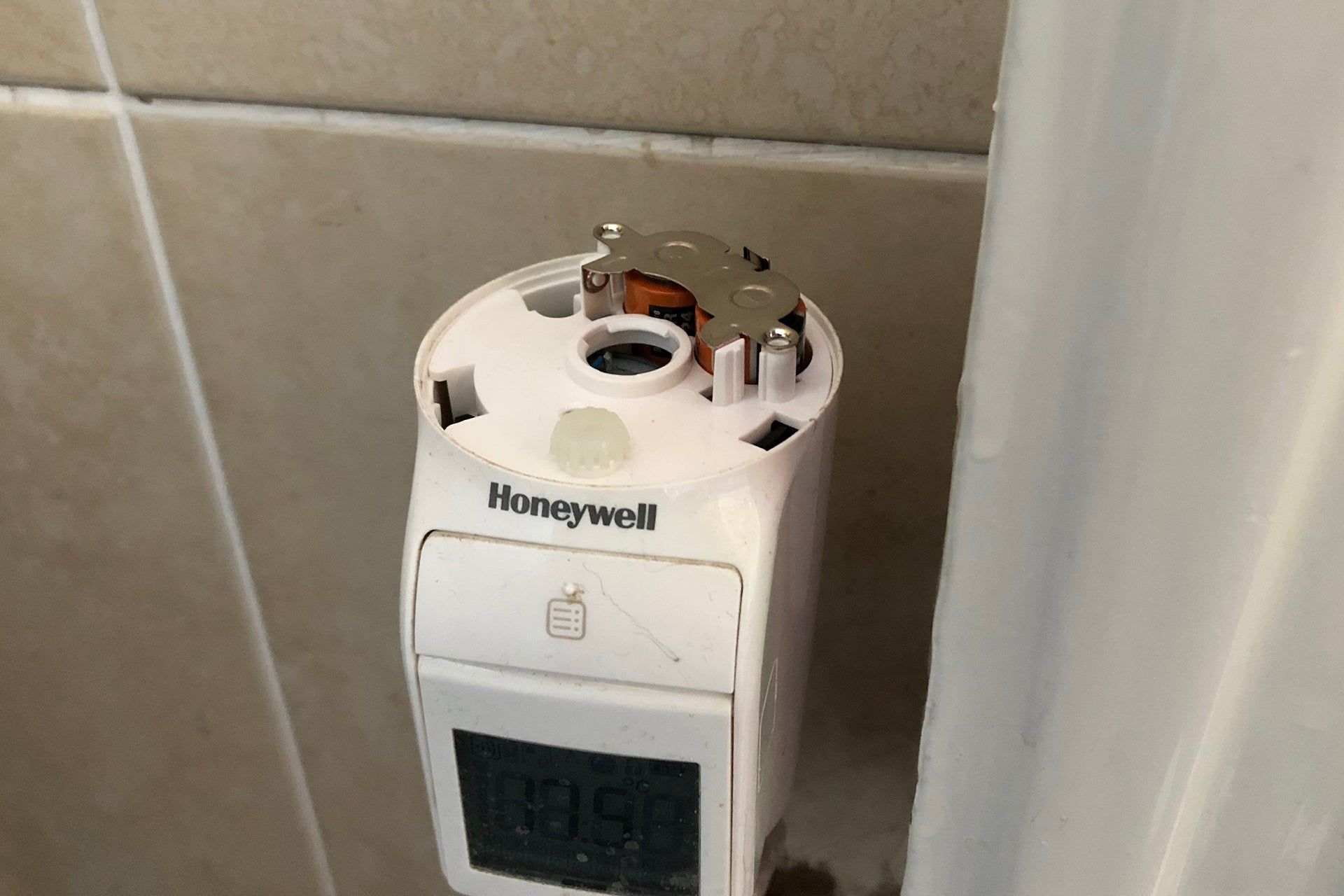
I have found the new weather compensation tools to be excellent. In the recent cold weather, the boost has turned my house from a cold one to a much more comfortable one, and I find that I don’t have to keep reaching for the manual controls. It’s an excellent update and gives Evohome a much-needed upgrade after the system hasn’t been touched for a while.
You should buy it if…
- You want individual room control
Radiator valves are the primary way of controlling your heating in one room, but this system also supports underfloor heating, giving you full control over your home.
- You want automatic control
New weather compensation feature can turn up the heat when it’s cold and turn off the heating when it’s warm, maintaining comfort in your home.
- You want flexible installation options
Heatpumps, OpenTherm, standard boilers, underfloor heating: you name it, Evohome supports it.
You should not buy it if…
- You don’t like complexity
This system is brilliant but it’s not always the most intuitive to use and it can be a little clunky in places.
FAQs
It works with Amazon Alexa and Google Assistant
Not officially, although there is a plug-in for the Homebridge project.
Specs
Jargon buster
Alexa
Amazon’s smart voice assistant

